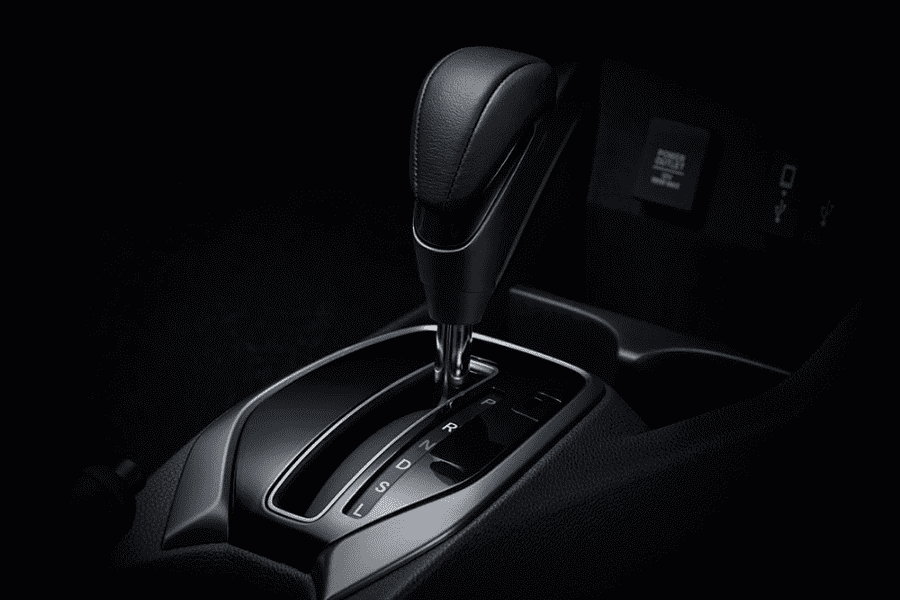In recent years, we’ve seen the emergence of small crossovers in the Philippines. There are now more models being offered in the segment, particularly the more affordable ones such as the Kia Stonic, Hyundai Creta, Hyundai Creta, and MG ZS. But the competition became stiffer when the country’s number one car brand, Toyota, entered the game with the Raize.
Honda, on the other hand, has yet to join the local, small affordable crossover market. A new generation of the WR-V has just been launched in Indonesia recently. Should Honda Cars Philippines, Inc. raise a duel against the hot-selling Raize? Let’s see what the new WR-V offers in our neighboring country.

Design-wise, the new Honda WR-V follows the Japanese marque’s revised styling found on the BR-V and HR-V. The RS variant in Indonesia comes with the same mesh grille as the HR-V, though the WR-V remains distinct with its LED foglight housings.
Curiously, the WR-V’s rear reflects what you’ll see on the 11th-generation Civic, particularly on the taillights. The side profile and silhouette of the WR-V actually remind you of the BR-V, albeit, shorter and that’s for a good reason. Of note, the second-generation WR-V is now based on a shortened platform of the BR-V, unlike the previous model that was based on the Jazz.

That said, the WR-V adopts the BR-V’s powertrain, specifically the 1.5-liter DOHC i-VTEC gasoline engine that makes 119hp and 145Nm of torque. It’s mated to a CVT, sending power to the front wheels. Handling the suspension of the WR-V is a MacPherson strut-type for the front and a torsion beam-type suspension for the rear.

Size-wise, the WR-V is 4,060mm long, 1,780mm wide, and 1,608mm tall, which makes it larger than the Toyota Raize. The Honda also has a higher 220mm ground clearance (as opposed to the Toyota’s 200mm). The Raize, however, has a longer wheelbase than the WR-V, which should tell us that the former could have an advantage in terms of cabin space. However, that has yet to be seen in actual tests. Of note, the WR-V’s cargo area can hold up to 380 liters with the rear seats up – a bit better than the Raize’s 369 liters.

Speaking of the cabin, the WR-V has a stylish, clutter-free dashboard, with physical buttons for HVAC. It follows a similar layout seen in the BR-V and City. Sitting right in the middle of the 2023 Honda WR-V’s dashboard is a 10-inch touchscreen head unit that comes with Apple CarPlay and Android Auto, features that are pretty standard with rivaling crossovers these days.


What sets the new WR-V apart is the availability of Honda Sensing in the top RS trim. The host of safety features includes driver-assist technologies such as adaptive cruise control with low-speed follow, a collision mitigation braking system, road departure mitigation, lane keep assist, automatic high beams, etc. Other safety features found on the WR-V include a total of six airbags, anti-lock braking, and ISOFIX child seat anchors, among others.
Honda Cars Philippines has yet to confirm whether they plan to bring in the WR-V locally, but given the intense competition in its segment, we won’t be surprised if the company will. Hopefully, it will be priced competitively and with units readily available at launch.

